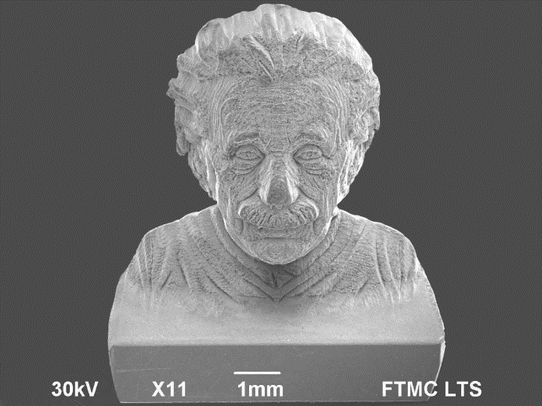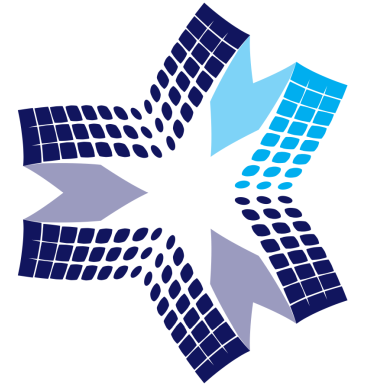DEEP 3D LASER ENGRAVING TECHNOLOGY

DESCRIPTION, INNOVATION AND ADVANTAGES
The technology can be applied for various materials processing. During the preparation stage, the 3D object drawing is divided into individual layers. Afterwards, layer by layer material ablation is introduced. The use of picosecond laser pulses for processing ensures high processing quality and speed. Compared to nanosecond lasers, the short pulse – matter interaction time significantly reduces the thermal effects. The laser-induced heat diffusion is limited at such pulse durations. Therefore, melt formation and oxidation of the surface are significantly reduced. Also, burr formation is much lower compared to nanosecond laser processing. In the case of copper, an 8 mm3/min ablation rate is achieved.
Materials: metals, semiconductors, ceramics, glass, polymers.
Ablation precision: 50 μm.
Ablation rate: 8 mm3/min (copper).
CURRENT STAGE OF DEVELOPMENT
Technology validated in small-series production.
INTELLECTUAL PROPERTIES RIGHTS STATUS
Know-how and design rules.
TYPE AND ROLE OF PARTNER SOUGHT
Companies producing mini-moulds, imprints with µm-scale structures.
Value proposition
Our innovative materials processing technology utilizes picosecond laser pulses to achieve high-quality and efficient processing. We can minimize thermal effects and enhance precision. Compared to nanosecond lasers, our approach significantly reduces surface oxidation, burr formation, and heat diffusion.

